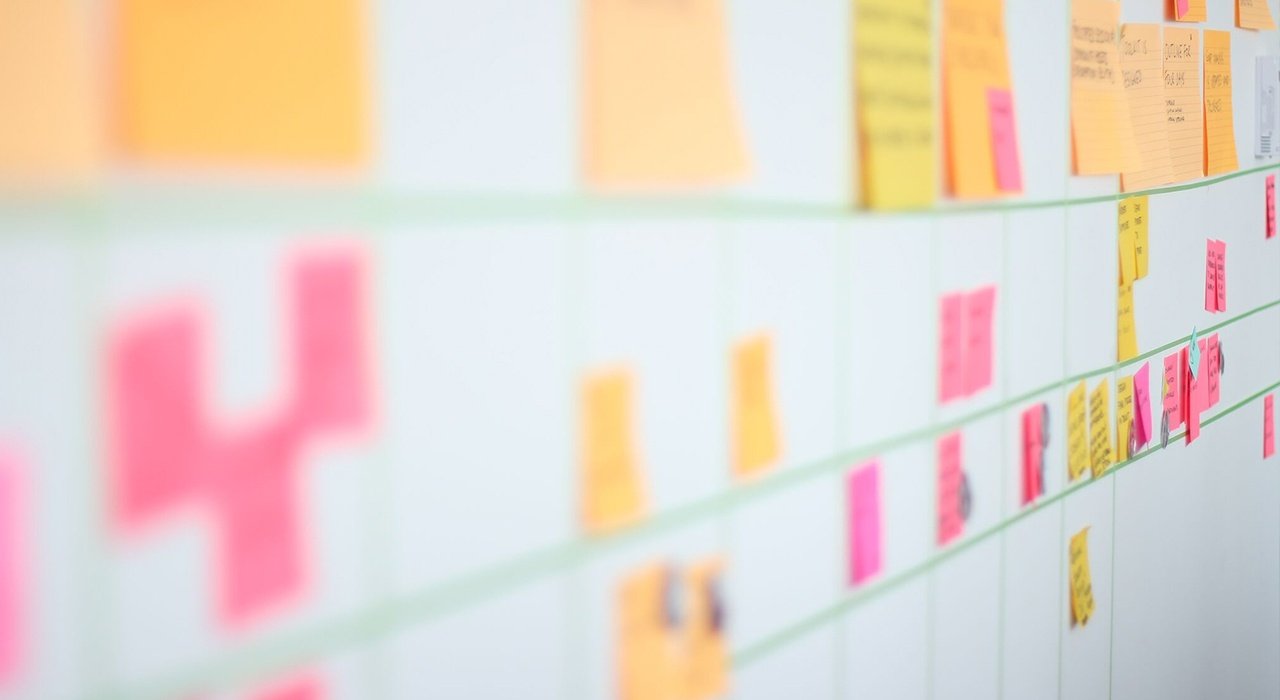Unearthing Wisdom: The Power of a Historical Scan in Problem Solving
In the fast-paced, technology-driven world of today, where we often lean on innovation and cutting-edge solutions to tackle our problems, it might seem counterintuitive to suggest that the past holds the key to effective problem-solving. Yet, history has repeatedly demonstrated its capacity to offer invaluable insights and lessons when confronted with contemporary challenges.
A Timeless Source of Knowledge
History, as the recorded experiences and events of the past, is essentially a vast repository of knowledge. The moments we remember, the stories we tell, the times we achieved our goals and the times we didn’t.
There is so much to learn from what has happened already.
Understanding Patterns and Trends
One of the greatest attributes of history is its capacity to reveal patterns and trends. When we review the past, we gain the perspective to identify recurring issues and solutions that have worked (or failed), as well as the socio-cultural, economic, and political contexts that influenced them.
By identifying these patterns, we can apply the lessons of the past to contemporary challenges.
Cultivating a Holistic Perspective
A historical scan compels us to look at problems through a wider lens. It encourages us to consider not only the immediate circumstances but the broader context in which they unfold. This broader perspective can be crucial in identifying the underlying causes of a problem rather than just addressing its symptoms.
Want to read more about symptoms and causes? Check out our perspective here.
Five Steps to a Historical Scan
Define the Problem. Before diving into history, you need a clear understanding of the problem you are trying to solve. Define the problem statement as precisely as possible. The more focused your inquiry, the more productive your historical scan will be.
Identify Relevant Historical Context. Begin by pinpointing the era (usually between 3-10 years), geographical region (e.g. only our Canadian locations), and areas of historical context (e.g. significant events affecting our industry, or our company, or our community) most closely related to your problem. This can be a daunting task, but it’s essential to avoid feeling overwhelmed.
Gather Information. Once you’ve identified your historical context, gather information through primary and secondary sources. Primary sources might include historical documents, archives, interviews, or diaries. Secondary sources can be books, articles, or documentaries that interpret the primary sources.
Analyze and Reflect. Carefully analyze the gathered information. Reflect on the historical events, decisions, and consequences. Pay attention to the interplay of variables, the role of key individuals or groups, and the ways problems were approached and resolved.
Draw Parallels. Now, consider how the historical context you’ve explored relates to your contemporary problem. Are there parallels, commonalities, or solutions from the past that could be applied today?
Applying this in a Team Context
We love a historical scan as a way for teams to reflect, recognize patterns, and set intentions for the future. When we do a historical scan with an organization, we often reflect on the last 10 years. Often the group doing the exercise is mixed with one or two people having that much organizational history. The gift of a historical scan is that it helps everyone get on the same page with the facts of what happened during that period. The interpretation of those events and the meaning we make together is extremely powerful.
As we continue to face multifaceted challenges in all fields, pausing to reflect on the past is a helpful tool to ground ourselves in today. Capturing significant events of the past is an untapped source of wisdom, inviting us to learn from our collective experience, shape our present, and ensure a brighter future. By integrating a historical scan into our problem-solving toolkit, we not only honour the experiences and knowledge of those who came before us but also pave the way for more effective and sustainable solutions in a rapidly evolving world.
Are you ready to give this a try?
Learn more about how these methods can be flexibly applied to diverse goals and contexts with your team. We’d love to help your team harness the power of design-based problem solving using a combination of design thinking, agile, and creative workshop methods. Get in touch with us!

